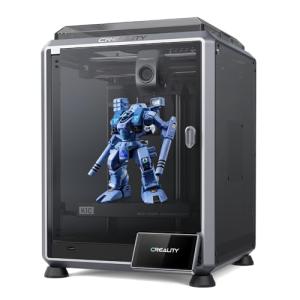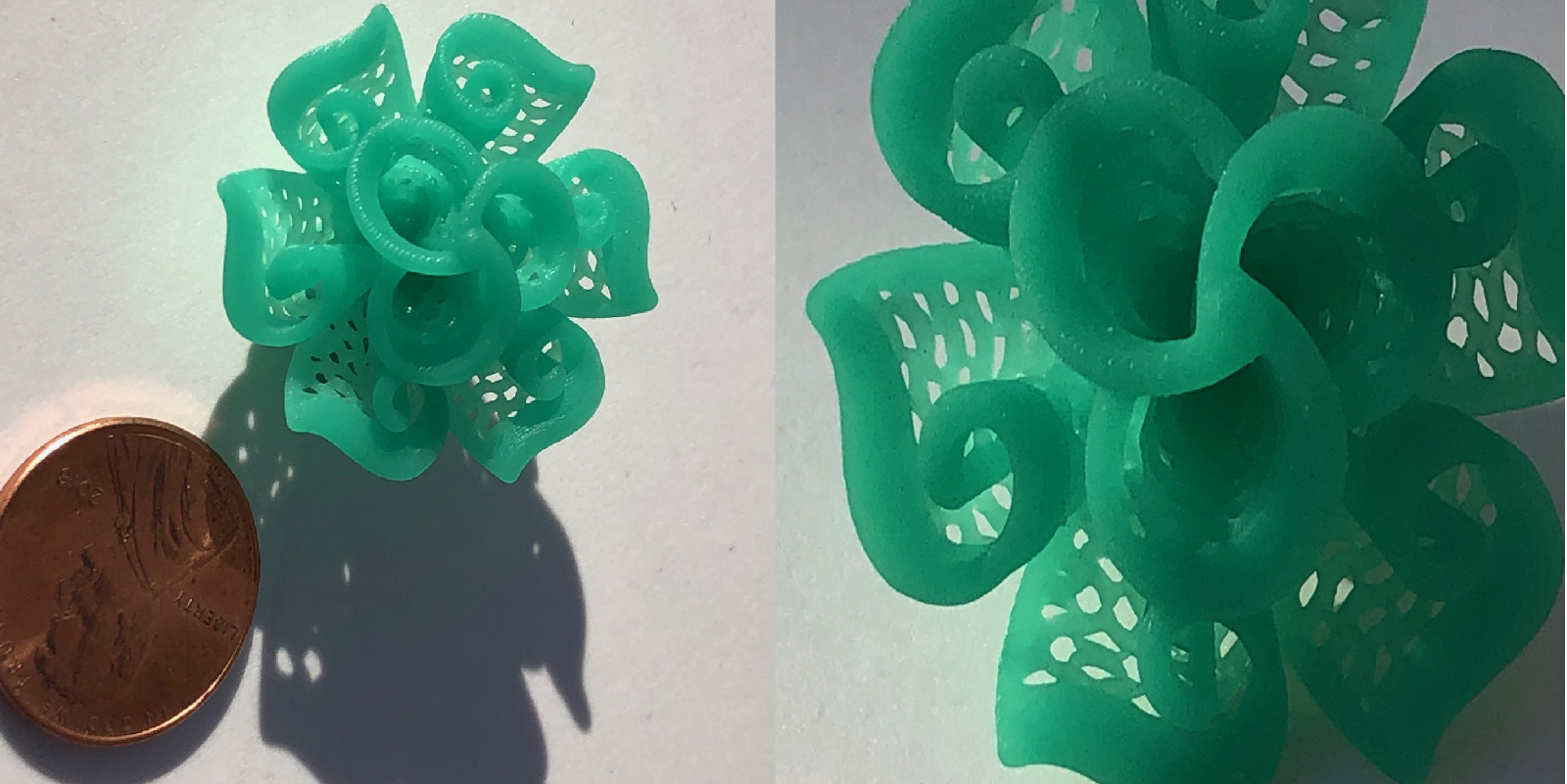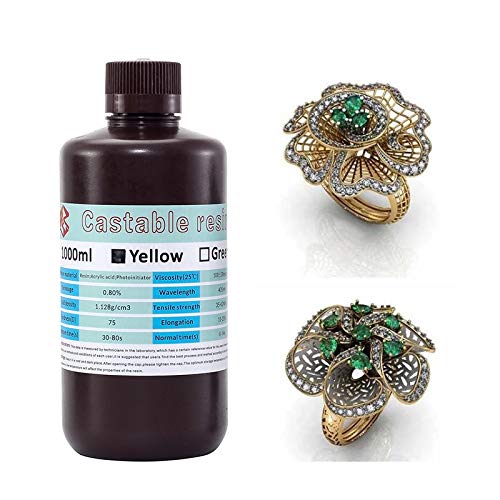If you're diving into the world of 3D printing, you're in for an exciting journey! Getting started is easier than it sounds, and with the right mindset and tools, you’ll be creating amazing projects in no time. The first step? Picking the right 3D printer that suits your needs. Think about what you want to print and how often you'll use it. There are many options out there, from budget-friendly models to high-end machines that tackle more complex projects.
Once you have your printer, get familiar with the software. Most printers come with their own slicing software to prepare your designs for printing. Don’t worry if you’re not a tech wizard! These programs are often user-friendly. Spend some time playing around with the settings. Learning the ins and outs of the software is one of the key 3D printing techniques that will set you up for success.
Now it’s time to find some cool designs to print. Websites like Thingiverse and MyMiniFactory are treasure troves for beginners. You can download ready-to-print models for free. Start simple with small projects, like keychains or toys, to build your confidence. They’ll help you get a feel for the printing process and understand how different materials behave.
Don’t forget about the importance of calibration and maintenance! Regularly checking your printer’s settings and keeping it clean goes a long way. It might seem tedious, but it ensures your prints come out right every time. Plus, it's a great way to learn about your printer and how to troubleshoot any issues that pop up.
Essential Tools for Your Printing Journey
When you dive into the world of 3D printing, having the right tools is key to making your journey smoother and more successful. Think of these essentials as your trusty sidekicks. They'll help you bring your creative ideas to life using solid 3D printing techniques.
First up, you'll want a good slicer software. This is where the magic happens! Slicer software translates your 3D models into instructions your printer can follow. Popular options like Cura or PrusaSlicer are user-friendly and packed with features that'll help you get the best results. You can tweak settings like layer height and print speed, giving you control over the final look of your creation.
Next, consider investing in a quality filament. The material you use can hugely impact your prints. PLA is fantastic for beginners because it’s easy to work with and has a low chance of warping. If you're feeling bold, try PETG for a balance of durability and print quality. Just make sure to store your filaments properly to keep them fresh.
Don’t forget about tools for post-processing! Once your print is finished, some cleanup is usually necessary. Get yourself a good set of flush cutters for removing supports, and sandpaper for smoothing rough edges. You might also want to grab some paint or finishes to add that personal touch. These simple tools can take your projects to the next level.
Lastly, having a reliable 3D printer maintenance kit on hand can save you a lot of headaches. A basic kit should include lubricants, cleaning tools, and replacement parts. Regular maintenance will help you avoid hiccups and keep those amazing 3D printing techniques sharp. With the right tools, you’re all set to turn your ideas into reality!
Creality K1C 3D Printer - Fast 600mm/s Printing
Experience lightning-fast printing speeds that bring your ideas to life in no time
Product information
$623.00 $419.00
Product Review Score
4.7 out of 5 stars
28 reviewsProduct links
Common 3D Printing Challenges and Solutions
3D printing is an awesome way to bring your ideas to life, but it can come with its own set of challenges. Don’t worry; you’re not alone! Many hobbyists and pros alike bump into issues when diving into 3D printing techniques. Here are some common problems you might face and simple solutions to get you back on track.
First up, layer adhesion. Sometimes prints can separate between layers, leaving you with a wonky design. To fix this, check your print temperature settings. Increasing the extrusion temperature slightly can help the layers stick better. Also, make sure your nozzle height is just right; too far away and the layers won't bond properly.
Next, let’s talk about warping. It’s frustrating when your print curls up and ruins your creation. A heated bed is your best buddy here. Keeping it warm can help your print stick to the surface. You can also try using glue sticks or painter’s tape on the bed for better adhesion. Another tip: print with a solid base layer to keep everything grounded.
Lastly, if you notice stringing, that's when little threads of plastic get left behind. It can mess up your clean design pretty easily. One trick is to adjust the retraction settings in your slicer software. Increase the retraction distance or speed to pull the filament back more effectively. Slowing down your print speed can also help eliminate those pesky strings.
These tips can help you tackle those common hiccups as you explore your 3D printing techniques! Remember, practice makes perfect, and learning from mistakes is part of the journey. Keep experimenting, and soon enough you’ll be cranking out amazing creations with ease.
ELEGOO Neptune 4 Pro: Lightning-fast 3D Printing
Experience high-speed 3D printing with the ELEGOO Neptune 4 Pro for ultimate efficiency in the world of 3D printers
Product information
$269.99
Product Review Score
4.25 out of 5 stars
31 reviewsProduct links
Tips for Perfect Prints Every Time
Getting the best results from your 3D printer isn’t just about having the right machine. It's all about mastering those 3D printing techniques that turn good prints into amazing creations. Here are some handy tips that can help you nail it every time.
First off, calibrate your printer regularly. Think of it like tuning a musical instrument. Take the time to adjust the settings, including the bed level and nozzle height. A well-calibrated printer sets the stage for perfect adhesion and layer alignment. You'll notice a huge difference in your prints.
Next, pay attention to your filament. Quality matters! Cheap filament can lead to clogs, inconsistent flow, and a world of frustration. Stick with reputable brands and store your filament properly to avoid moisture absorption, which can ruin your prints. Always check the recommended settings for your specific filament type.
Don’t forget about print speed and temperature. Slowing things down a bit can make a big difference. If you’re experiencing issues like stringing or warping, try lowering the speed or adjusting the temperature. Experiment with these settings until you find the sweet spot for your printer and filament combination.
Lastly, consider your environment. Ensure your printer is in a stable area, away from drafts or direct sunlight. An ideal printing environment helps maintain consistent temperatures, which is essential for optimal results. Remember, every little detail counts when you're looking to perfect your 3D printing techniques!






